The ghats of Kolkata, a walk like no other
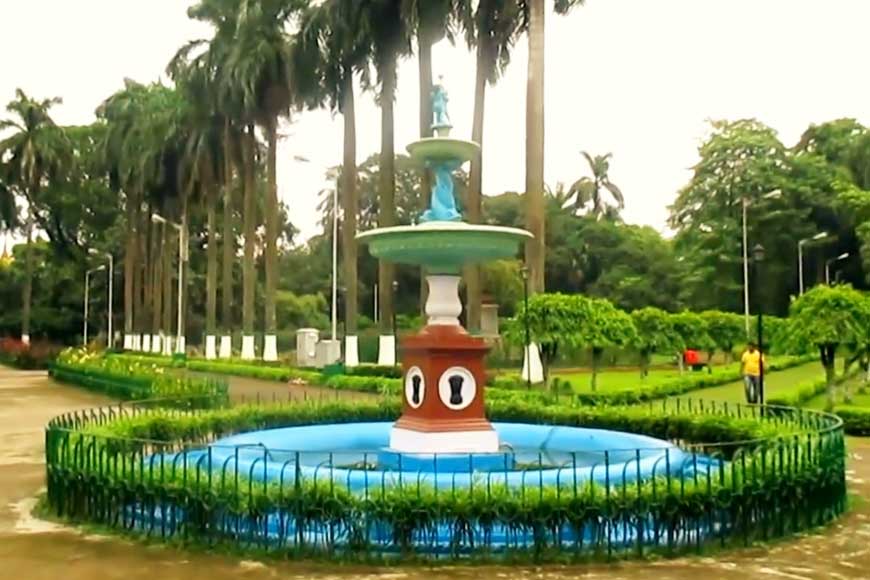
Resuming our walk along the waterfront, we will focus on some of the city’s most famous ‘ghats’ this week, and it will be a very pleasant walk too, thanks to the fresh breeze blowing off the river. The journey begins just a little way away from Prinsep Ghat, which we visited last time, and ends at Darpanarayan Tagore Street, taking in Maharshi Debendra Road on the way. But first things first:
Point A - Eden Gardens
We aren’t talking about the cricket stadium here. These are the actual gardens from which the stadium got its name, located about half-a-kilometre north of Prinsep Ghat, across the road from the Strand. The gardens were named after Emily and Fanny Eden, sisters to then Governor-General Lord Auckland. The entire area of about 50 acres, comprising both gardens and stadium, was among the oldest parks in the city, and was designed in 1841 by one Captain Fitzgerald, following a design created by the Eden sisters.
The gardens are not in the best of conditions today, but the sheer variety of large, old trees is breathtaking, and the bird life that they accommodate is no less fascinating. Plus, there’s the beautiful, authentic Burmese Pagoda, shipped from Prome to Calcutta in 1854 on the orders of Governor-General Lord Dalhousie.
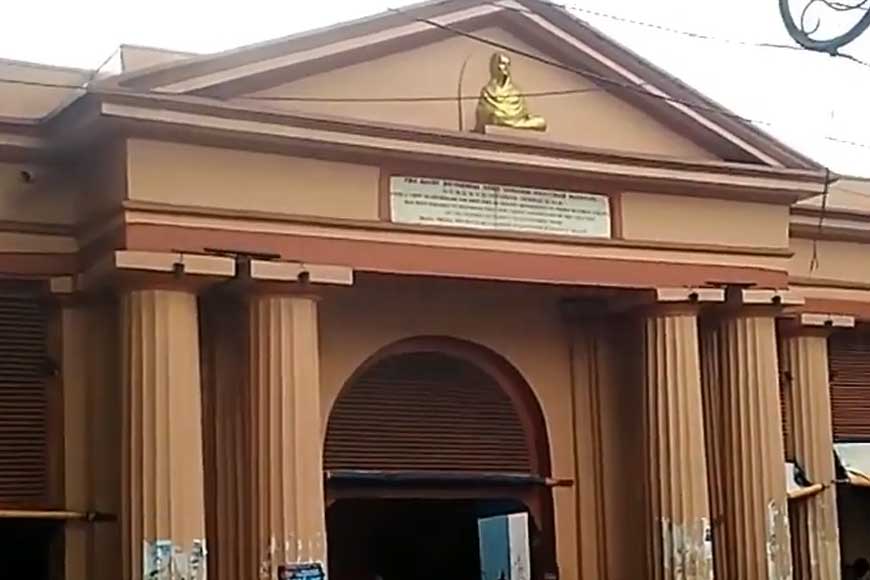
Point B - Babu Ghat
The ‘Babu’ here is Babu Rajchandra Das of Janbazar, husband of Rani Rashmoni. The Doric columns of the patio-like structure at the ghat have now lost their shine somewhat, but in its heyday, the patio provided a shelter of sorts for well to do Bengali families who came to the ghat for a holy dip in the Ganges. Today, the ghat is a chaotic mix of priests, flower sellers, barbers, and other assorted service providers catering to those wishing to perform sundry religious rites on the riverbank, but still offers a panoramic view of the river and some of Kolkata’s most iconic structures, such as the two Howrah bridges and Howrah Station.
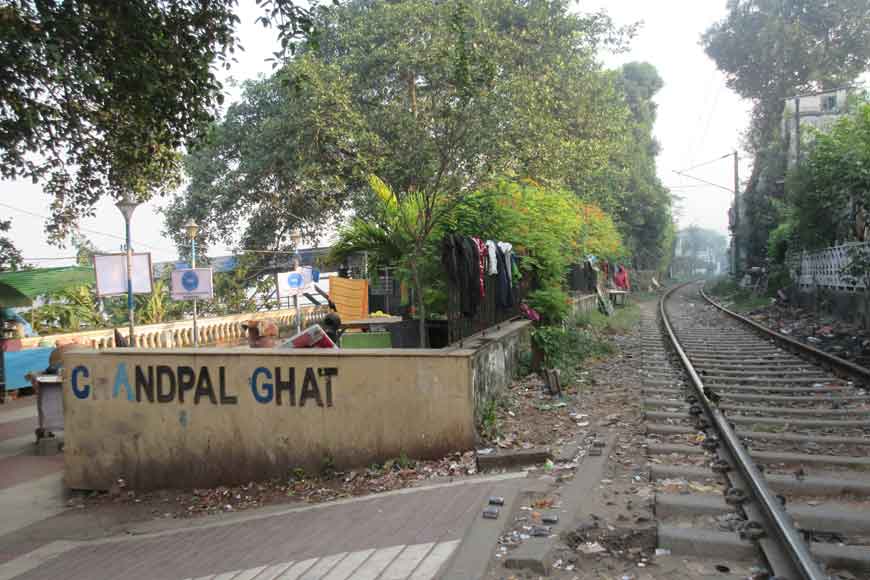
Point C - Chandpal Ghat
This might be slightly harder to locate than Babughat. Apparently named after a local 18th-century grocer called Chandranath Pal, the erstwhile ghat is swamped by tea stalls and various other shops and semi-permanent establishments. At one time the principal landing ghat for East India Company traders and officials, and even the British government that followed, Chandpal Ghat is right next door to Babughat.
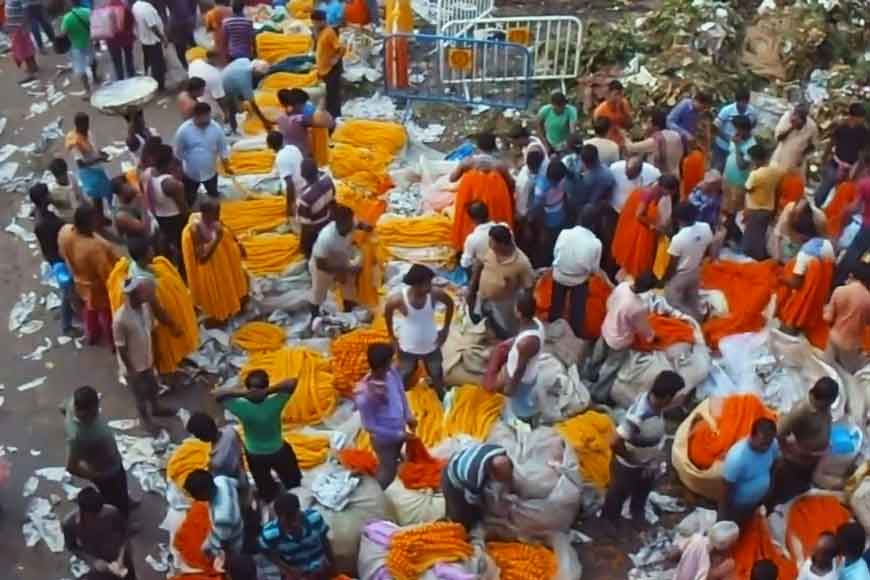
Point D - Mullick Ghat
As you walk down from Chandpal Ghat down the Strand, don’t forget to take in the old red-brick company warehouses, most of them built in the 19th century, and most of them still look too grand to be mere warehouses! Once you arrive at Mullick Ghat, of course, the outlook changes completely. Situated just to the left of the flyover leading to the old Howrah Bridge or Rabindra Setu, Mullick Ghat was built in 1855 by Ram Mohan Mullick in memory of his father, the renowned salt and real estate magnate Nemai Charan Mullick. Incidentally, it was Ram Mohan’s brother Motilal who built the palatial Mullick Bari of Pathuriaghata.
As it was when first built, Mullick Ghat remains an important bathing ghat today, and the pavilion that it houses is far more ‘Indian’ in appearance than the Babughat patio. A photographer’s delight, Mullick Ghat is where you will come across the city’s famous wrestlers going through their regular routines, their bodies covered in riverine clay and mud. Adjacent to the wrestlers’ platform is the domed memorial to Ram Chandra Goenka, an 18th-century Marwari businessman, and father of Sir Hari Ram and Sir Badridas Goenka.
The one other attraction of Mullick Ghat is its renowned flower market, most active from early in the morning until about 11.00 am. Once again a photographer’s paradise, the market caters to both individual and bulk buyers, and the variety of flowers on offer needs to be seen to be believed. Of course, the pandemic situation has dimmed its lustre to a degree, though it is still open.
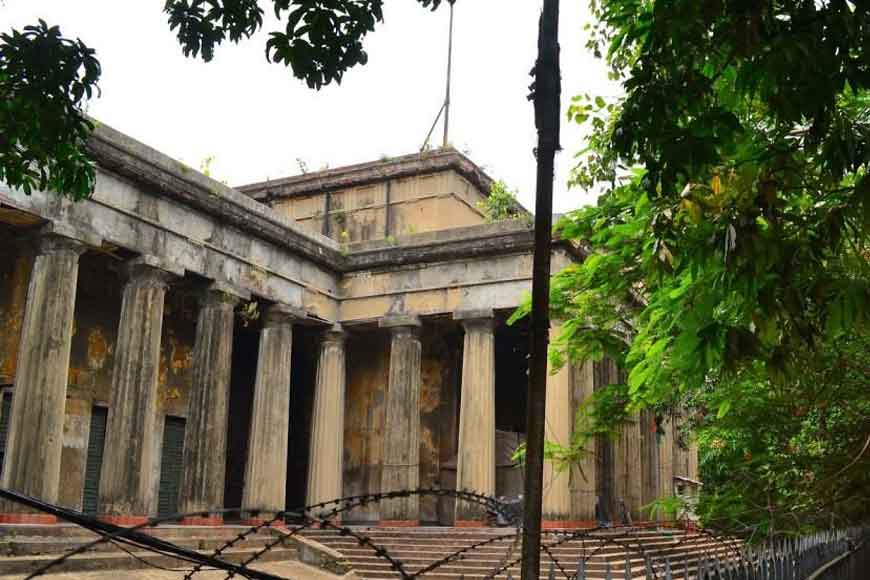
Point E - Old Silver Mint
This was the third mint to come up in Kolkata. In March 1824, the foundation of the Old Silver Mint as it is known today was laid on Strand Road, near a pier on the Hooghly. Constructed by Major W. N. Forbes, the mint reportedly enjoyed the patronage of at least three eminent Calcuttans of the time - Prasanna Kumar Tagore of Pathuriaghata, Prince Dwarakanath Tagore of Jorasanko and Raja Nabakrishna Deb of Sobhabazar. The massive building, with its majestic facade, was completed 1830, and today stands almost directly opposite the Port Police quarters.
Read the earlier episodes of our walk :
Enjoy the lockdown with your very own customised Kolkata Walk
A little bit of BBD Bag, a whole lot of Calcutta
Esplanade, the beating heart of old Calcutta
The places of worship in old Calcutta, and what we learn from them
Walk on for a perfect balance of religion and commerce
On the waterfront: a walk along the Hooghly
In 1860, an annexe known as the ‘Copper Mint’ was built to the northeast of the Silver Mint for the exclusive production of copper coins, which began operations in 1865. Both mints produced coins of bronze, silver and gold, and some chroniclers have claimed that there was a time when the Silver Mint manufactured between 3,00,000 and 6,00,000 silver coins daily. Indeed, it was the first mint in Asia to successfully process pure nickel for coinage in 1907. In 1918, the mint created a world record by producing 19,00,000 (19 lakh) coins in a single day!
Today, the entire complex is in a shabby, neglected state, though the Silver Mint was recognised as a heritage property in 2008. There has been intermittent talk of its restoration, but nothing concrete has emerged yet.
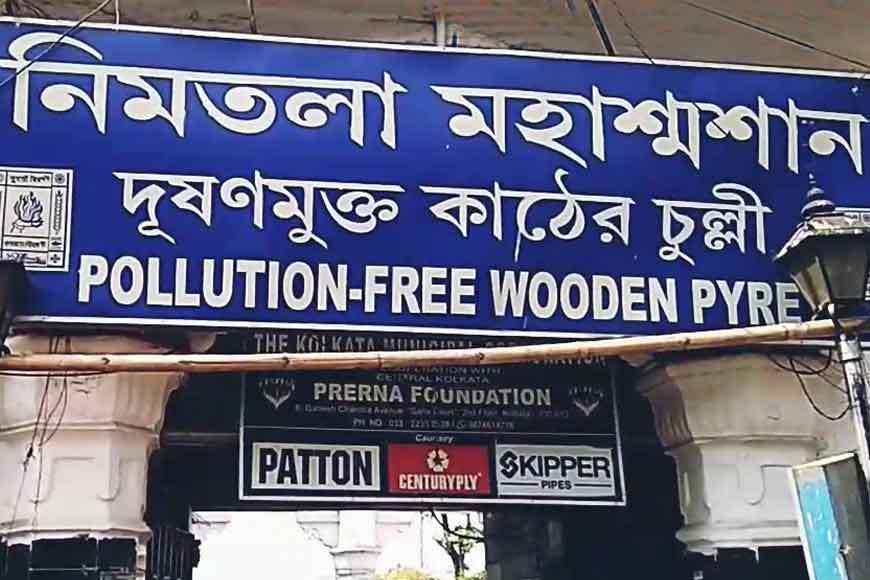
Point F - Nimtala Ghat
One of Kolkata’s most prominent and well known cremation grounds, though the approach to it is so crowded and chaotic that it may put you off. If you can brave the walk, the ghat itself shows no signs of the gory scenes ascribed to it in 18th and 19th century writings. Of course, there have been many renovations through the decades, and it is worth a visit simply to remember the many illustrious citizens of Bengal who were given their last rites at Nimtala. Also, it was somewhere between Nimtala and Ahiritola Ghat that Job Charnock is said to have come ashore in 1690, signalling the ‘birth’ of the British city of Calcutta.
Point G - Darpanarayan Tagore Street
From Nimtala, find Maharshi Debendra Road and then on to Darpanarayan Tagore Street, named after an ancestor of Rabindranath Tagore. The Tagore family shifted to this area from the erstwhile Gobindapur, which was evacuated when construction began on the new (and present day) Fort William in 1758.
From remnants of the palace of Kalikrishna Tagore to the more than 200-year-old Bhagwati temple built by Baishnab Das Mullick, this street also houses the residence that Baishnab Das built in the 1790s, called ‘Madhupur’. It was from this residence that the two most important later branches of the Mullicks emerged - the Mullicks of Marble Palace and those of ‘Ghari Ghar’ on Chitpur Road.
And Chitpur Road is where we will be starting the next edition of our walk. Until then, happy walking.










